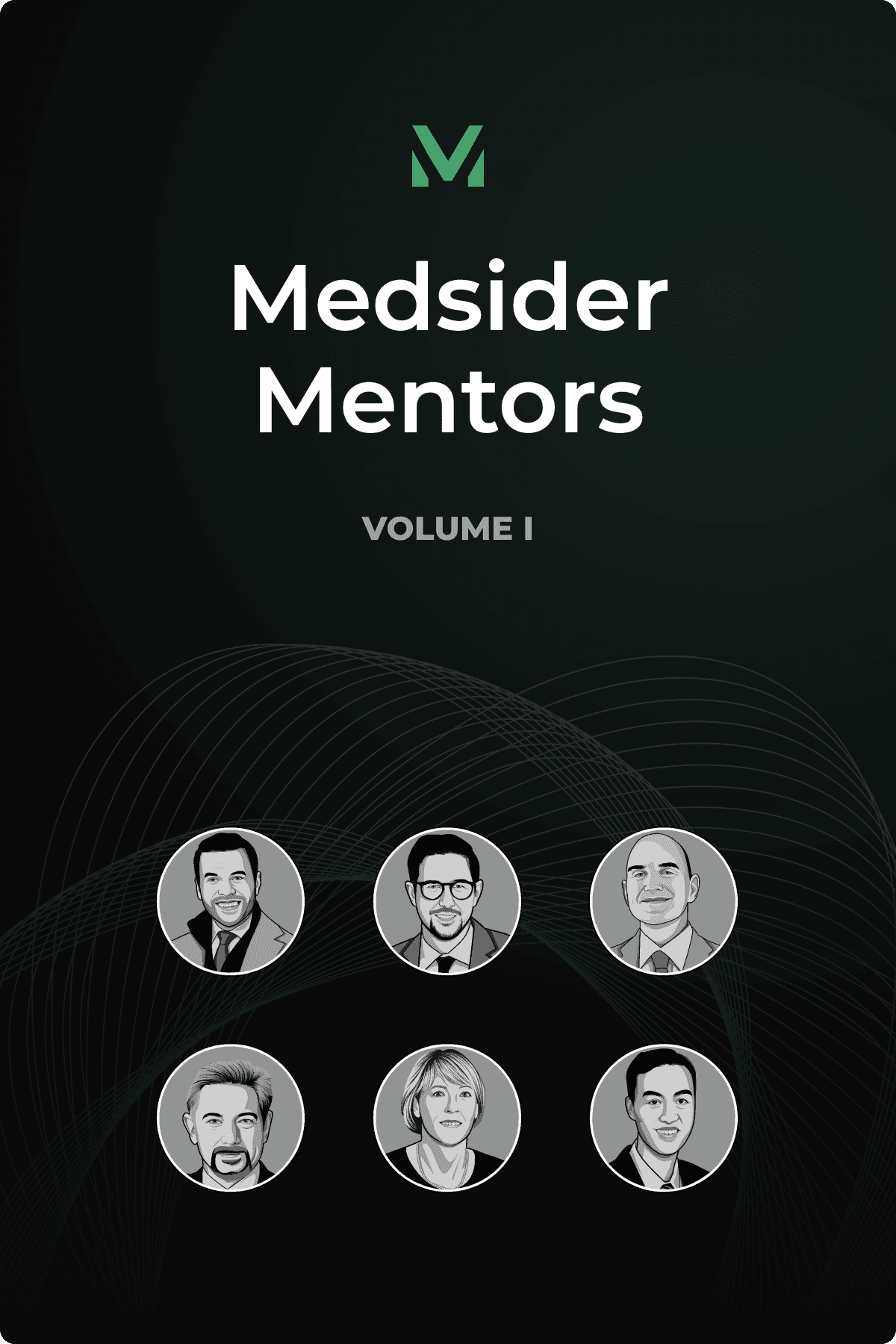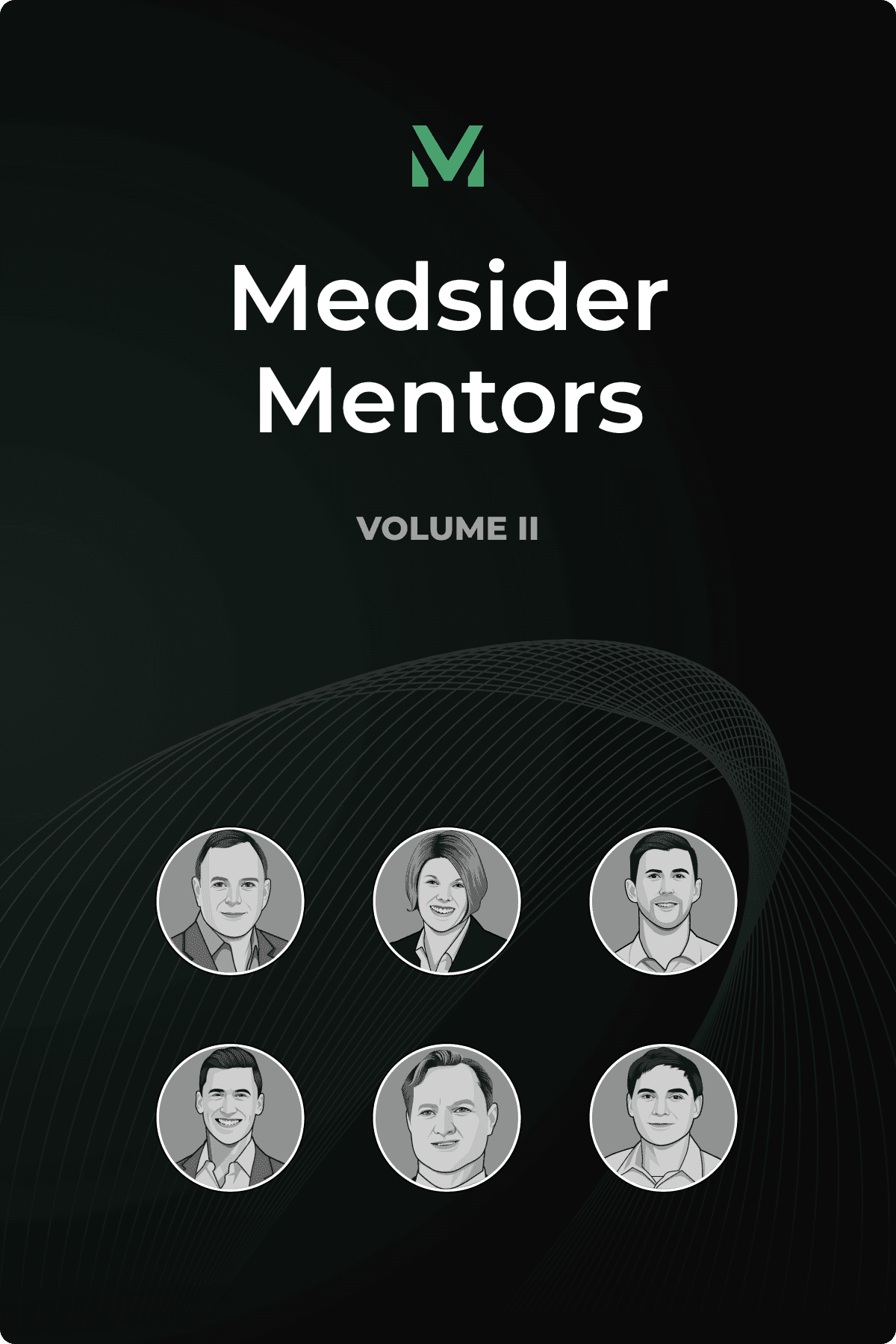Balancing Innovation with Practical Outsourcing
Interview with Spark Biomedical CEO Daniel Powell

After graduating with a business major from Texas A&M, Daniel Powell initially embarked on an IT consulting career at KPMG, then leaped into the gaming cafe business, which, looking back, he considers a “phenomenal way to lose a lot of money.”
Danie’s leap into the gaming café business, though financially unfruitful, serendipitously connected him with the medical devices field, leading him to a fulfilling career in the neuromodulation division at St. Jude Medical. But Daniel has always been an entrepreneur at heart, so he wasn’t destined to stay there.
“I just fell in love with this idea of neurostimulation,” he shares. “The body runs on chemicals and electricity, and we're putting electricity into the nervous system to affect a disease state outcome. It just all clicked.” This passion, coupled with his technical and management expertise, culminated in the co-founding of Spark Biomedical.
The Sparrow Ascent, developed by Spark Biomedical, is a wearable treatment for opioid withdrawal relief that utilizes a groundbreaking approach to neurostimulation without the use of drugs. At its core, this innovative technique involves applying electricity to two specific cranial nerves simultaneously: the trigeminal nerve and the vagus nerve. The trigeminal nerve is known for its role in mediating pain and driving the release of endorphins, while the vagus nerve plays a crucial part in managing the body's fight or flight response within the autonomic nervous system.
This concept of dual stimulation was born from the collaborative insights of Navid Khodaparast, Spark's Chief Science Officer with a background in pioneering vagus nerve stimulation for stroke recovery, and Alejandro Covalin, a trigeminal nerve expert. Their expertise in these respective fields, rooted in significant academic and professional work, led to the realization of what could happen when these two complementary nerves are stimulated together. This technique, known as transcutaneous auricular nerve stimulation or tAN™, is the fundamental basis of the Sparrow Ascent.
The device itself is a compact, battery-powered unit that can be easily placed around the ear. The specific points of stimulation are anatomically strategic: the cymba concha, located just above the ear canal, where the vagus nerve is stimulated, and a small divot right in front of the ear for the trigeminal nerve. This design allows for a targeted approach to stimulation, where each nerve receives electricity in a manner akin to speaking two different languages — one at a high frequency and the other at a lower one.
To ensure comfort and effective delivery, the Sparrow Ascent uses a hydrogel to transmit the electricity. This hydrogel provides a comfortable experience for users, covering a larger surface area to evenly distribute the electrical signal without causing the discomfort of pinpricks. It’s similar to a daily disposable Band-Aid when you consider its ease of application and removal.
While typical applications of auricular or vagus nerve stimulation are relatively short, lasting from a few minutes to half an hour, the Sparrow Ascent is used differently. In the case of opioid withdrawal, the fight or flight response is a constant battle, so much so that it might necessitate all-day stimulation. Although the perfect dosing for this kind of prolonged stimulation is still being refined, it’s safe to be worn throughout the day, removing it for sleep, and reapplying it the next morning. This method is effective in providing relief from the intense symptoms of withdrawal, making it a significant advancement in the field of neurostimulation and addiction treatment.
The efficacy of Sparrow Ascent has shown to be quite remarkable — it’s capable of alleviating severe opioid withdrawal symptoms within just 30 to 60 minutes.
Under Daniel’s leadership, Spark Biomedical achieved remarkable milestones, including FDA clearance for both their first and second-generation devices. The first-generation Sparrow Therapy System, primarily designed for in-patient clinical settings, was followed by the Sparrow Ascent, which is suitable for versatile patient use including in-patient, out-patient, or at-home care via telehealth. The team has also been working on a new device specifically designed for the most vulnerable victims of the opioid epidemic — newborn babies suffering from Neonatal Opioid Withdrawal Syndrome. "That's what I'm most proud of," Powell asserts. In the near future, Daniel hopes the device will make it possible to treat infants born physically dependent on opioids.
Key Learnings From Daniel’s Experience
Let go of your ego and rigorously test whether you have product-market fit. Focus on creating a minimum viable product (MVP) and explore efficient ways to outsource design and development. In the earliest stages, keep your team lean and mean by relying on a few trusted consultants.
There are many ways to fund a venture, and relying on only one of them is a risky strategy. Diversify your plan with grants, venture capital, family offices, and angel investors. And make sure to approach each potential partner in a tailored fashion.
Navigating FDA involves jumping through numerous hoops, some of which you can avoid if you know how. Do thorough research, enlist top-notch consultants, and be ready to guide the regulatory reviewers whenever needed.
You May Like These Articles
Medsider Premium
Become a premium member and unlock access to exclusive Medsider benefits.



